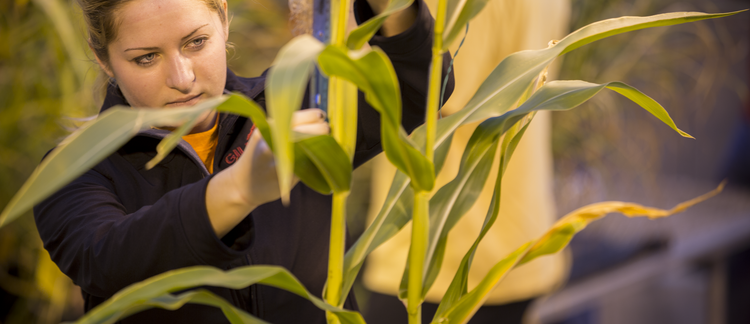Abstract
Climatic factors found in tunnels of the Midwest may show negative effects to primocane growth and development of raspberry. Researchers have found that as air and root-zone temperature exceed 24°C (75.2°F) and 16°C (60.8°F), respectively, the following plant development occurs: decrease in water uptake by primocanes, premature dormancy of lateral and axillary buds, delayed time to fruit ripening, and reduced fruit quality and weight. In addition to temperature, high light (irradiance) causes a decline of fruit yield and quality. Premature dormancy and delayed time-to-flowering occur when irradiance exceed 600 μmol·mˉÇsˉÅ. The proposed study was intended to (1) assess the relationship between temperature and light intensity and their effect on primocane growth and development, (2) evaluate how effective shade cloth and soil mulch are in reducing temperature and light intensity levels of high tunnel red raspberry production, and (3) provide relatively inexpensive solutions to minimize temperature and light intensity damage in protected red raspberry production during the warm summer months.
Keywords: Horticulture
How to Cite:
Riesselman, L. B. & Nonnecke, G. R., (2014) “The Effects of Temperature and Light in High Tunnel Primocane Red Raspberry Production—Year 2”, Iowa State University Research and Demonstration Farms Progress Reports 2013(1).
Downloads:
Download pdf
View PDF

